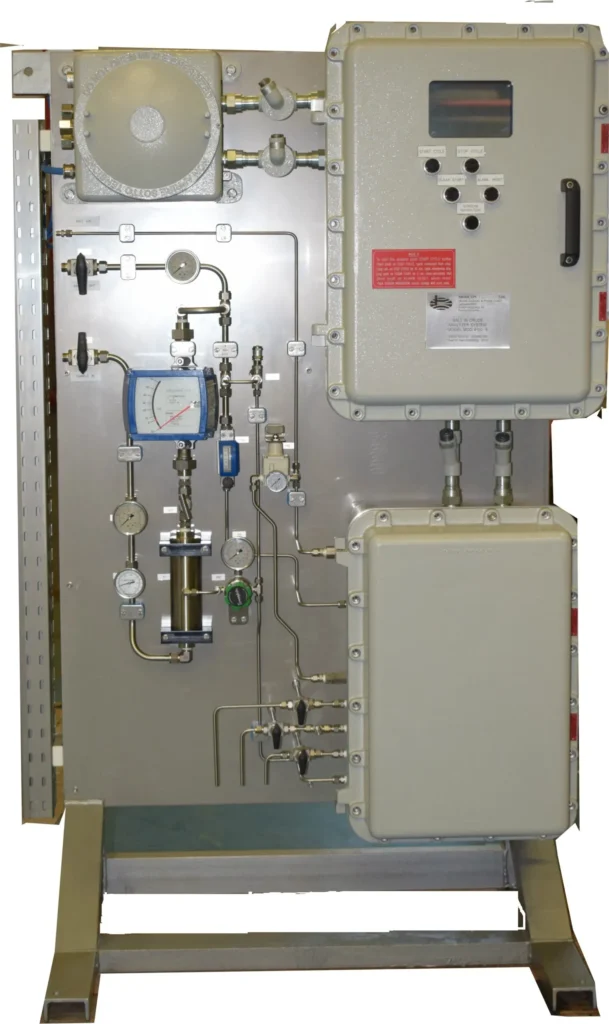Enhancing Efficiency and Product Quality
In today’s competitive energy landscape, refineries face constant pressure to improve efficiency, reduce costs, and deliver products that meet evolving market and environmental standards. One of the most effective strategies for achieving these goals is crude oil blending—the practice of combining different crude grades to optimize process performance and final product quality.
By strategically blending various crude types, refineries can produce fuels with targeted properties such as sulfur content, TAN, and API gravity, while maximizing yields and operational flexibility.
Why Crude Oil Blending Matters
Crude oil blending enables refineries to adapt to changing market dynamics, such as fluctuating feedstock prices and shifting product demand. It also enhances competitiveness by allowing operators to process a wider range of crudes, including lower-cost heavy and opportunity crudes.
The benefits of effective crude blending include:
- Improved product quality and consistency.
- Optimized production costs by balancing light and heavy crudes.
- Increased operational flexibility and utilization of diverse feedstocks.
- Higher profitability through efficient use of available refining capacity.
In essence, crude oil blending is not just a process adjustment—it’s a strategic tool that directly impacts refinery economics and performance.
Factors Influencing Blend Design
To create the optimal blend, refineries must understand the unique physical and chemical properties of each crude. Key parameters include:
- API gravity (density and yield potential).
- Sulfur content (impacting environmental compliance and corrosion).
- Distillation curve (determining product distribution).
Other considerations such as market pricing, logistics, and CDU configuration play crucial roles in determining which crude combinations are both technically and economically viable.
Techniques and Best Practices
Modern refineries use a range of methods to achieve precise blending ratios and product specifications. These include:
- Automated mixing systems for controlled blending ratios.
- Blending additives to modify critical properties.
- Real-time process analyzers for quality monitoring and control.
The success of these methods relies on accurate measurement and real-time feedback. Continuous analysis of the blend ensures consistency and allows immediate corrective actions if deviations occur.
Adapting to Heavier Feedstocks
Historically, refineries favoured light crude oils for ease of processing. However, economic pressures and resource availability have led to greater reliance on heavy and opportunity crudes.
Processing these heavier feedstocks offers cost advantages—since crude oil typically accounts for 80–90% of a refinery’s cash flow—but also presents challenges such as higher viscosity, greater impurity levels, and increased corrosion risk.
To manage these challenges, refineries must blend heavier crudes with lighter ones in ratios that ensure:
- Compatibility with CDU equipment.
- Stable operation and maximum distillate yield.
- Reduced corrosion and fouling.
 Continuous Monitoring: The Key to Success
Continuous Monitoring: The Key to Success
Maintaining optimal blend quality requires on-line and continuous measurement of multiple parameters throughout the blending process. Advanced crude oil process analyzers, such as the MOD-4100, make this possible by delivering real-time data unaffected by the opacity of the sample—something traditional optical spectroscopic systems struggle with.
By constantly measuring and analyzing properties of each component and the final blend, these analyzers allow refineries to:
- Adjust blending ratios dynamically.
- Ensure product compliance and consistency.
- Prevent costly downtime and reprocessing.
Such systems enable refineries to keep pace with changing feedstock compositions and ensure that every batch meets the desired performance and quality specifications.
The Future of Crude Oil Blending
As global competition intensifies, the ability to economically process a wider range of crudes will remain a defining factor in refinery success. Emerging technologies in real-time analytics, AI-driven optimization, and automation are set to make blending operations even more precise and adaptive.
By adopting smart blending strategies and integrating advanced analyzers, refineries can maximize throughput, reduce operational risks, and enhance profitability—all while meeting the growing demand for cleaner, high-quality fuels.


